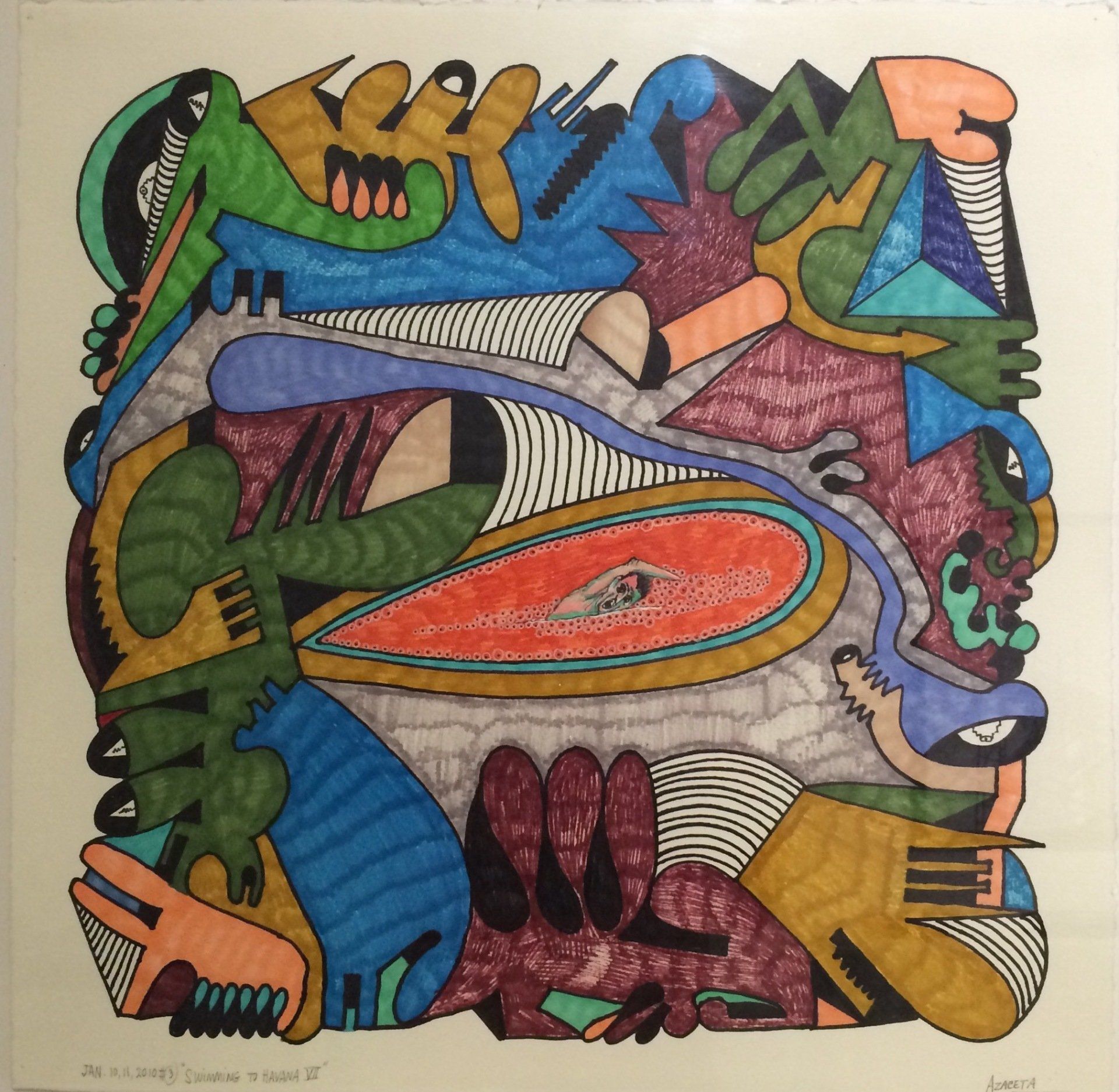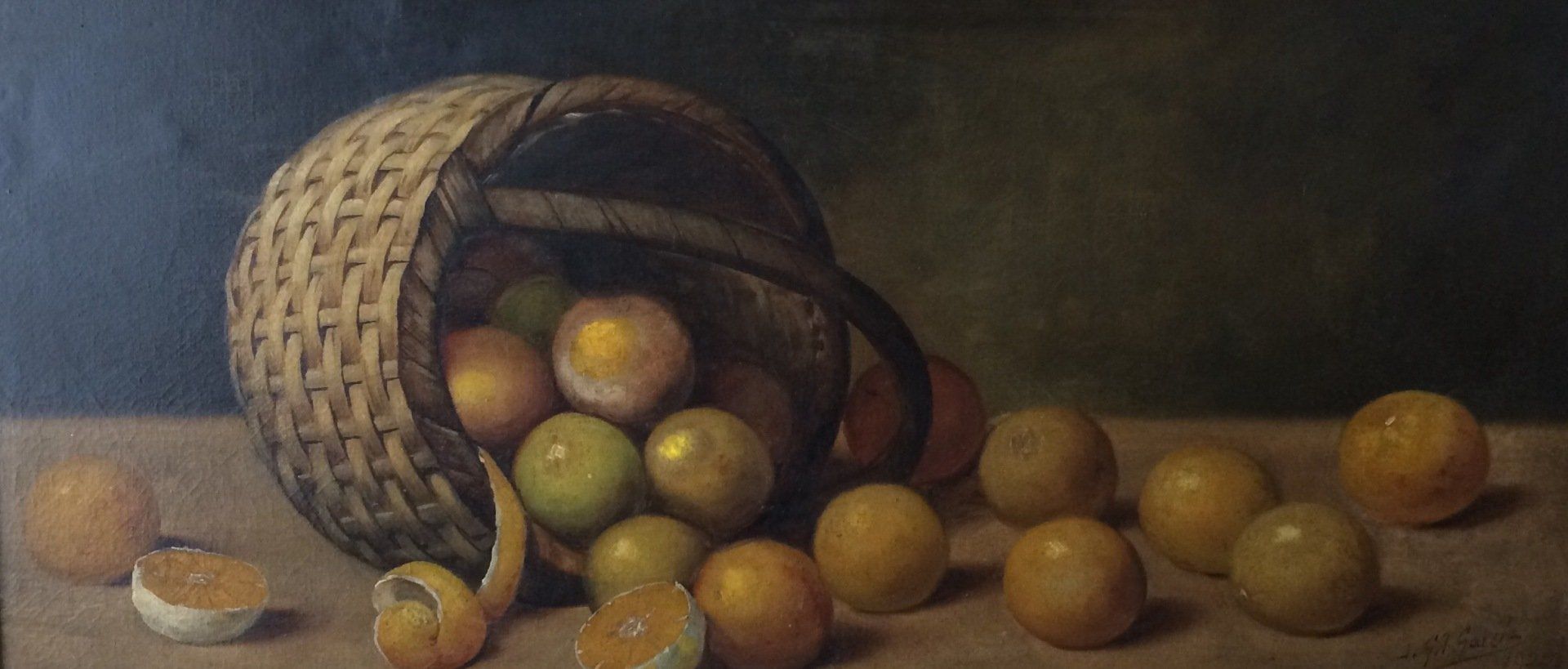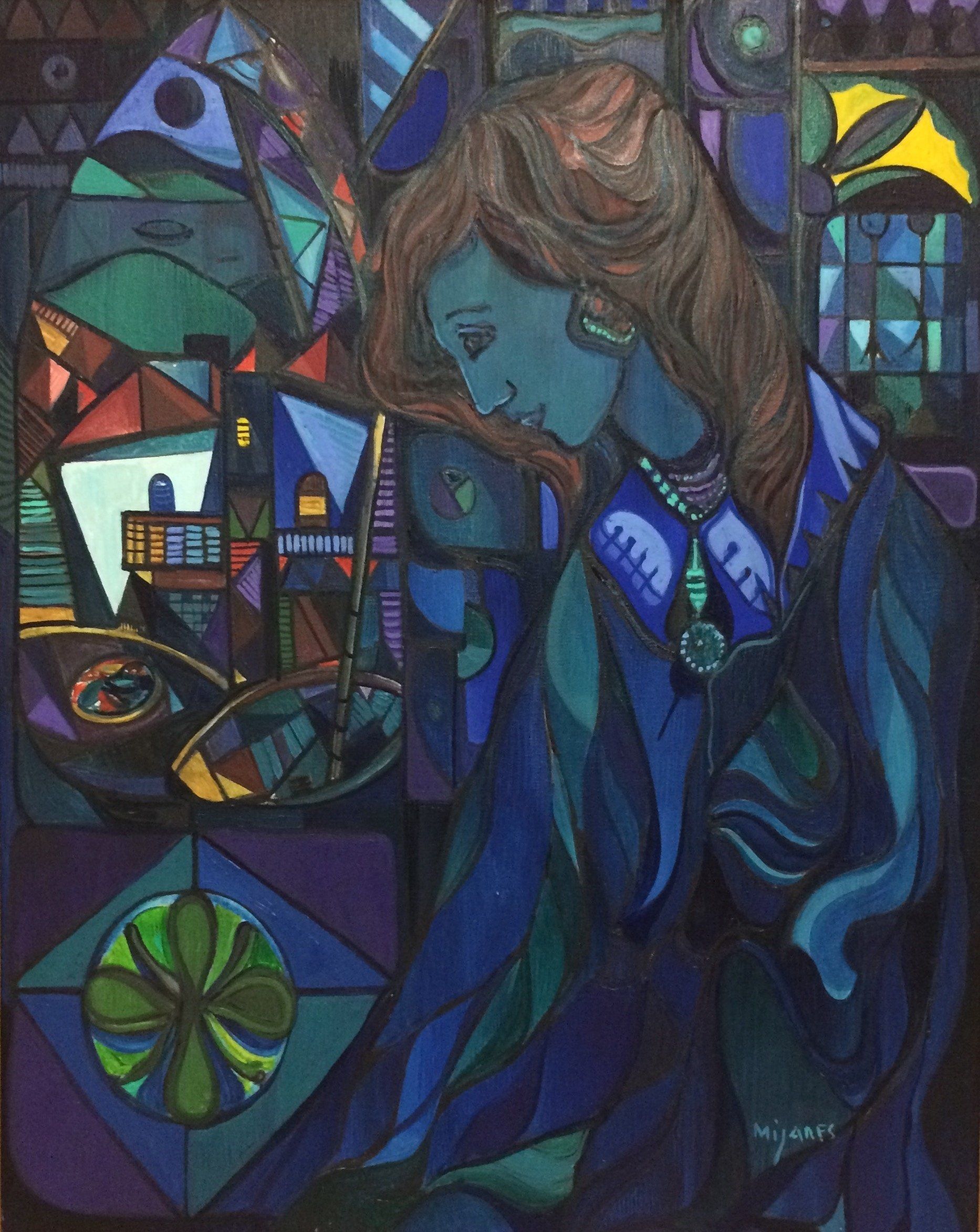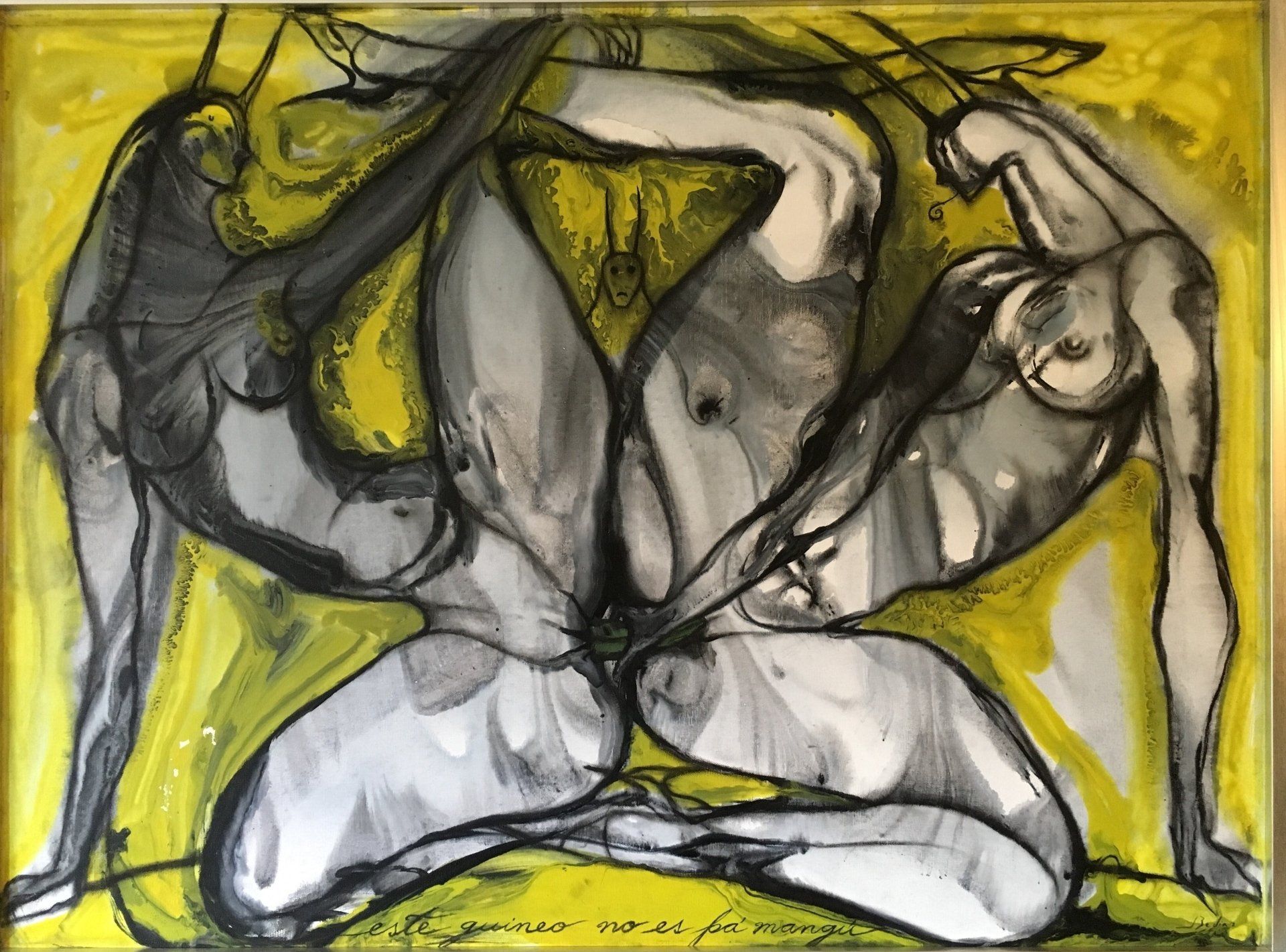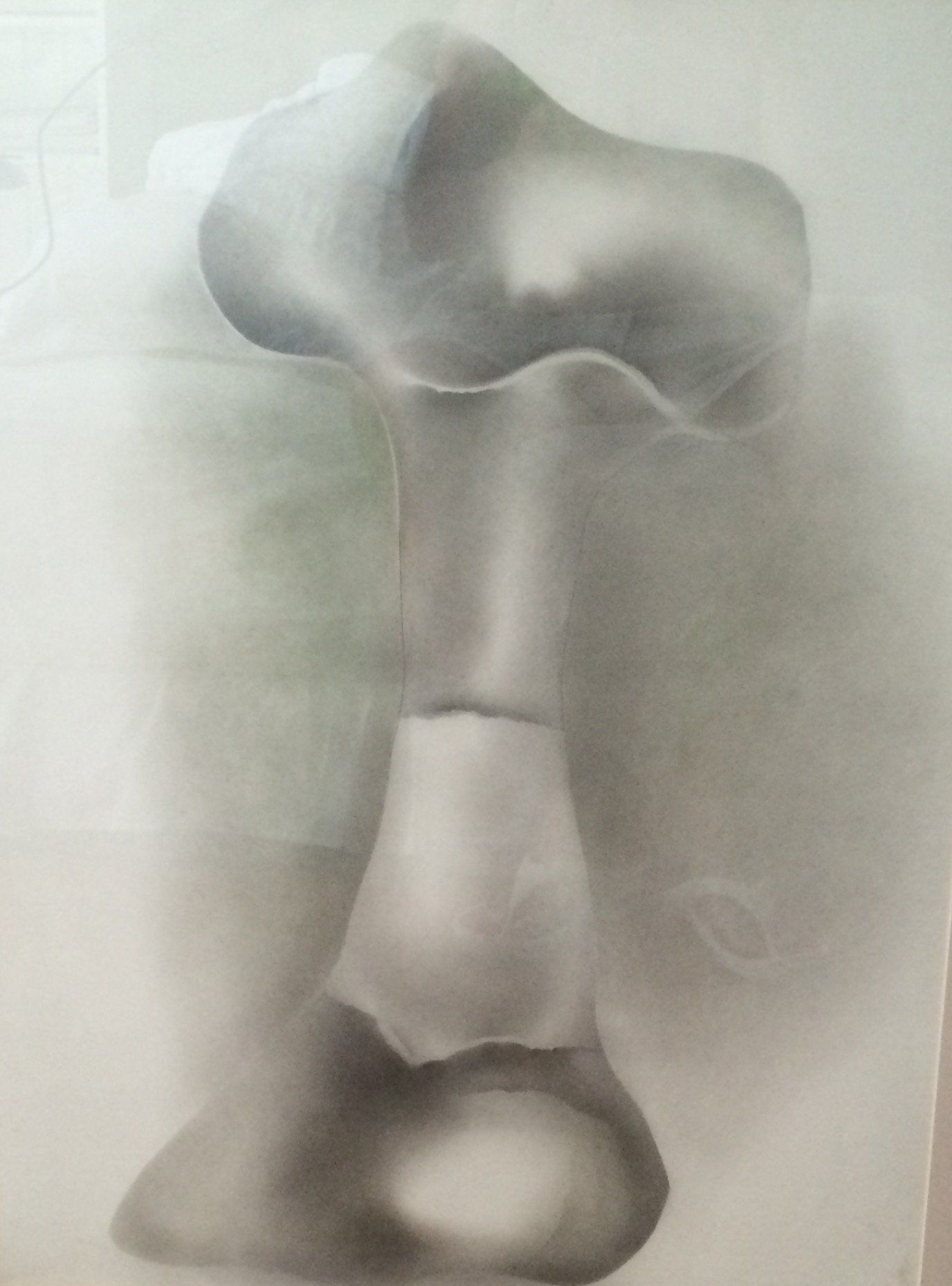Roberto Estopiñan
Roberto Estopiñan, a sculptor, draftsman, and printmaker, was born March 17, 1921 in Havana, Cuba. He enrolled at the Academia San Alejandro when he was 14 and became the protege and studio assistant of the sculptor Juan José Sicre. After graduation he traveled first to Mexico, where he met and befriended Francisco Zuniga, and studied Pre-Columbian sculpture. In 1949 he traveled to Europe, visiting England, France and Italy. In these trips he encountered the sculpture of Henry Moore and Marino Marini, and their humanistic yet formal visions would be influential on Estopinan's work. Throughout the 1950s Estopinan received important sculpture prizes at various national exhibitions in Havana. In 1953 he was the only semi-finalist from Latin America at the Tate Gallery's international sculpture competition for a Monument to the Unknown Political Prisoner. During the 1950s he worked in direct carving with native Cuban woods, as well as in direct plaster and welding - these works blend figural and abstract elements. The 1960s brought forth his series of political prisoners, warriors and crucifixions, mostly carved in wood or as welded nails. The 1970s work saw an abandonment of the rawness of the previous decade in favor of a pantheistic vision, where the sculptures reflected the textures and forms of nature.

